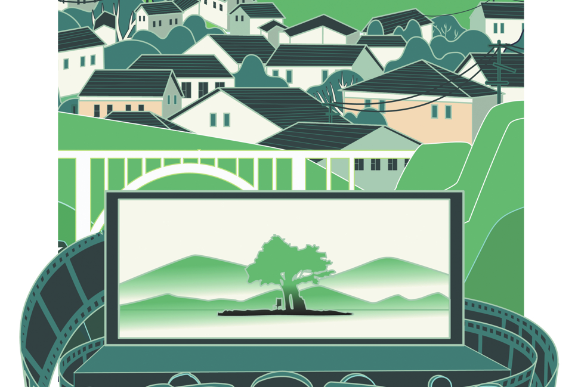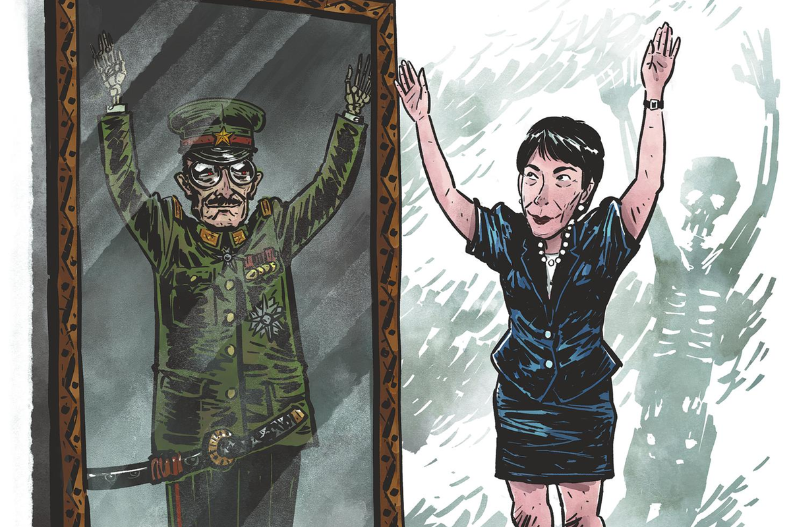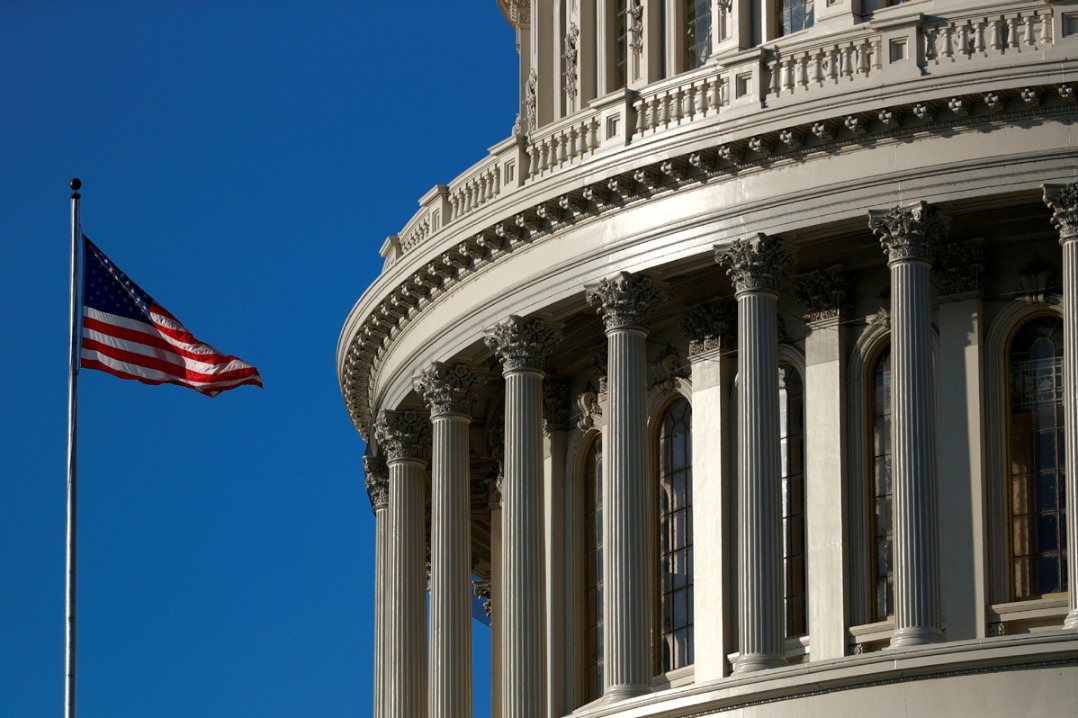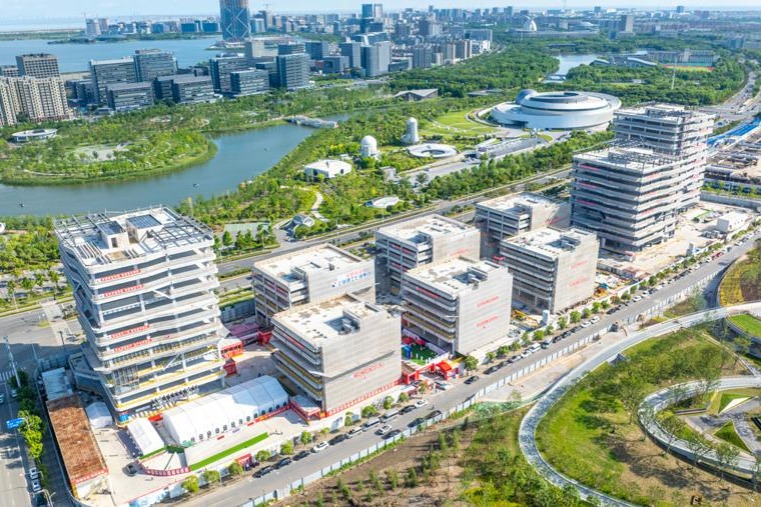Virtuous cycle
Debt relief must include all creditors and environmental concerns

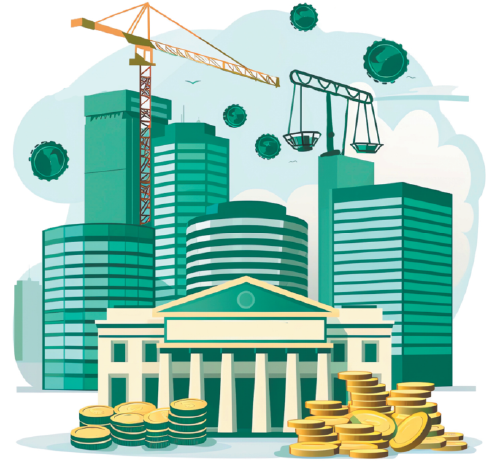
Amid protracted debt restructuring negotiations, Zambia has found itself facing a historic drought, triggering a currency devaluation that has further complicated debt negotiations, showcasing the connection between financial stability and environmental sustainability.
Zambia is not alone in facing a financing crunch and the lack of an ability to mobilize investment for climate conservation — and the needs globally are massive. A G20 Independent Experts Group estimates that emerging market and developing countries other than China will need $1 trillion in international investments annually to achieve the United Nations 2030 Sustainable Development Goals and the Paris Agreement targets.
How can new capital for environmental investments be mobilized amid an emerging debt crisis? And how can China — itself a middle-income country — play a constructive role in supporting both financial stability and environmental sustainability?
Despite appearances, environmental and financial sustainability are goals that can be pursued jointly, and indeed, must be if the world is to regain financial stability and avoid the worst impacts of climate change.
There is a way forward, one that China has been forging. And the time has come for all creditor classes — including multilateral development banks and bondholders — to play their part as well.
Many low-income countries are in need of significant debt restructuring if they are to meet the SDGs and the Paris Agreement targets. The Sovereign Debt and Environment Profiles Database — a new interactive data project managed by the Boston University Global Development Policy Center — shows that among the countries most in need of debt relief, the largest creditor is the World Bank, which has not been active in debt restructuring since the Heavily Indebted Poor Countries Initiative of the 1990s. Bondholders are the second-largest creditor category and as the Zambian case shows, they benefit twice, through higher initial interest rates (which already take into account the probability of default), while offering little practical debt relief once the country has defaulted.
Thus, meaningful debt restructuring must include private and multilateral creditors, alongside bilateral creditors. Each creditor should have fair comparability of treatment, taking into account the different levels of concessionality in the initial finance. For example, China's finance is typically somewhat concessional, with an average grant component of 14 percent. Multilateral development bank finance is even more concessional, with an average grant component of 28 percent. However private creditors such as bondholders typically benefit from significantly higher interest rates, reflected in a negative grant component of — 9 percent. Joint discussions on debt relief should reflect this difference, recognizing that private creditors have already benefited through higher interest rates.
Moreover, indebted countries will need more than a one-time debt restructuring to achieve shared climate and development goals. Indeed, developing countries need enough fiscal space to make the environmental investments necessary to cushion the impacts of extreme weather events, which are becoming more frequent and destructive due to climate change, making future debt crises more likely.
For example, Zambia ranks among the top 30 percent of countries for climate vulnerability. This vulnerability is on display, as the worst drought in 40 years has necessitated increased food imports, leading to a record currency devaluation, making it even harder to access the dollars to repay existing loans. Zambia's path to debt sustainability must include investments in climate-resilient infrastructure and agriculture. These investments create assets, which then counter-balance government debt in public balance sheets.
One way to mobilize new capital for much-needed environmental investment is through debt swaps for sustainable development. The China International Development Cooperation Agency signed its first such swap with Egypt at the third Belt and Road Forum for International Cooperation held in Beijing in October 2023, in conjunction with a memorandum of understanding concerning the Global Development Initiative.
However, debt swaps for development may not be the solution in every case. They are well-suited to countries facing a high cost of capital for necessary environmental investments, but countries facing current debt crises need faster and deeper options. For example, in 2021, Zhou Chengjun, director of the Financial Research Institute of the People's Bank of China, proposed a "Shanghai Model" for resolving debt, including a different type of debt swap: replacing nonperforming loans with guaranteed, renminbi-denominated bonds that once sold, can relieve creditor balance sheets. The Shanghai Model is compatible with the recommendation of a "New Common Framework" to extend and expand upon the G20 Debt Service Suspension Initiative. China played a major role in the initiative, contributing a greater share of debt service suspensions than any other creditor.
Other options include China working with other sources of "patient capital", such as multilateral and institutional investors, to develop innovative financing for sustainable infrastructure. Asset management companies can oversee this type of process, allowing China's development finance institutions to focus on their core missions in the domestic and international economies.
Overall, China has been on a steep learning curve as a creditor, but it has shown a willingness to become more involved than ever in playing a constructive role in debt renegotiations.
In 2022, Zambia's debt to China amounted to 20 percent of its GDP — one of the highest levels of debt to China in the world. China has played a significant role in Zambia's debt relief, including co-chairing the creditor committee with France and by offering restructuring that was dramatic enough to lower the net present value of Zambia's debt — an ambitious and important step. China's leadership gave the Zambian government breathing room, helping to ensure that priorities like health and education can continue to receive attention while debt is repaid more gradually. Additionally, China has continued to build public infrastructure in other developing countries, so that liabilities can be counter-balanced with new public assets.
While Zambia's situation has taken a step toward resolution, the challenge is far from over, as dozens of countries still face the twin challenges of unsustainable debt levels and economic vulnerability to environmental disasters. However, ambitious steps, such as lowering the NPV of debt, a "Shanghai Model" of exchanging nonperforming debt for guaranteed bonds and equity/asset-based restructuring, offer opportunities for countries to regain financial stability while investing in environmental sustainability.
Now is the time for all creditors — including bondholders and multilateral development banks — to play their part. Together, creditors and developing nations can escape the vicious cycle of fragile economies and ecosystems and build instead a virtuous cycle based on resilience and sustainability.


Rebecca Ray is a senior academic researcher with the Global China Initiative at the Boston University Global Development Policy Center. Wang Yan is a senior academic researcher with the Global China Initiative at the Boston University Global Development Policy Center and a senior visiting fellow with the Institute of New Structural Economics at Peking University. The authors contributed this article to China Watch, a think tank powered by China Daily.
Contact the editor at editor@chinawatch.cn.






















